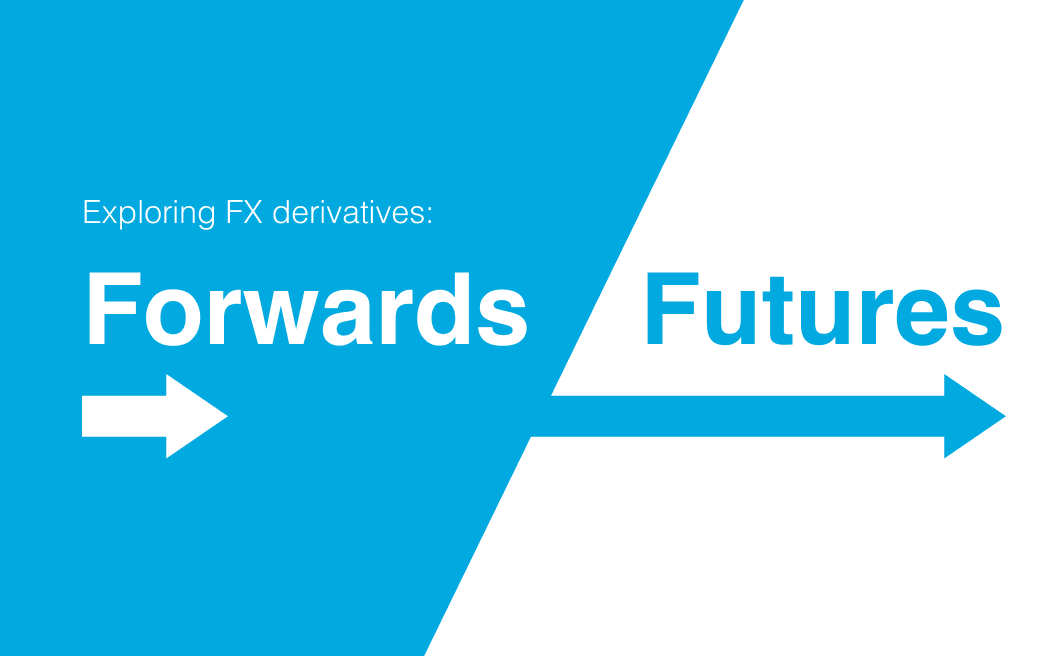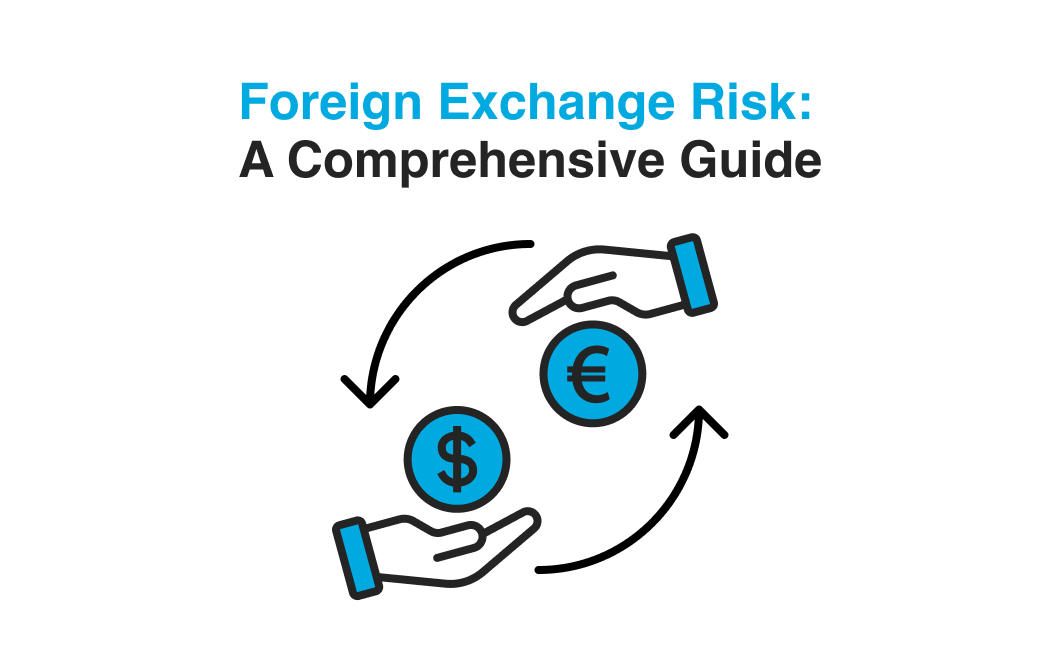Discover essential FX hedging strategies and currency management best practices from our foreign exchange experts.
The 3 elements of a successful FX hedging program
In this article, we will discuss the three key elements of FX hedging programs: goals, pricing and exposure. In doing so, we're going to borrow a page from geography and use the concept of the cliff to better understand the nature of hedging programs.
Goals, pricing, exposure
Let us start by asking a simple question: do you wish to protect your firm's operating profit margin and company cash flows from currency risk? Or do you desire to diminish the variability of your performance as measured in accounting terms in your firm's financial statements? (The two are not necessarily incompatible with each other).Assume for now that you want, first and foremost, to protect your firm's operating profit margins and cash flows from currency risk. Here, the pricing criteria of the firm play a decisive role. We also need to understand the concept of the cliff. The cliff describes a sharp move, between two campaign/budget periods, in the FX rate that is used in pricing.
Mind the cliff!
[caption id="attachment_75180" align="alignnone" width="2440"]

hedging programs and their goals[/caption]Suppose you wish to keep steady prices during an entire campaign/budget period, and you can fully reprice at the onset of a new campaign/budget period. In that case, you will be passing the pricing impact of the cliff onto your customers. Your principal objective will be to protect the budget rate for that particular campaign/budget period with the help of a static hedging program. However, suppose the firm doesn't have that capacity, or it simply desires to keep its prices as steady as long as possible. In that case, its principal objective will be to smooth out the hedge rate, which can be done through a layered hedging program. This allows the firm to keep relatively steady prices during a set of campaign periods without unduly hurting budgeted profit margins. Finally, and staying with cash flow hedging programs, a firm that faces dynamic prices will quite naturally update its prices frequently. Here, the cliff doesn't play much of a role. In this case, the firm's principal objective is to protect the dynamic pricing rate, transaction by transaction, with the help of a micro-hedging program for firm commitments.
Types of exposure
Having discussed goals and pricing, we can deduce the type of exposure that needs to be collected and processed in each case. In both static hedging and layered programs, the exposure to hedge is the firm's forecasted FX-denominated revenues and expenses. In the first case, these forecasts cover individual campaign/budget periods, while in the second case, the exposure to currency risk is estimated as a rolling forecast for a set of campaign/budget periods linked together.Finally, in micro-hedging programs for firm commitments, as the name indicates, the exposure to hedge is the firm's sales/purchase orders, either on an individual or on an aggregated basis. Here, the critical difference is that these are contractually binding transactions and, as such, they are not forecasts at all.So far, we have dealt only with cash flow hedging programs. Companies, however, may have as their objective to minimise the variability of performance as measured in accounting terms by financial statement results. Here, the adequate program is a balance sheet hedging program. The type of exposure that needs to be collected and processed are the invoices that correspond to sales/purchase orders.
Summary and conclusion
Goals, pricing, exposure: these concepts are the three key elements of a firm's hedging program. Needless to say, individual situations include many more parameters and possible configurations, including what we call secondary goals like forward points management, flexibility with conditional orders, and netting opportunities. Currency Management Automation solutions provide an entire family of hedging programs —and combinations of automated hedging programs—that cover all of the cases mentioned here and much more.So, mind the cliff, and remember that the time to act is now!










